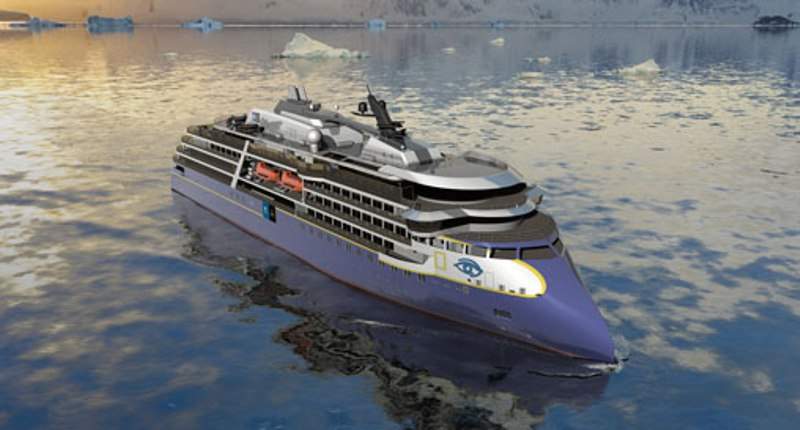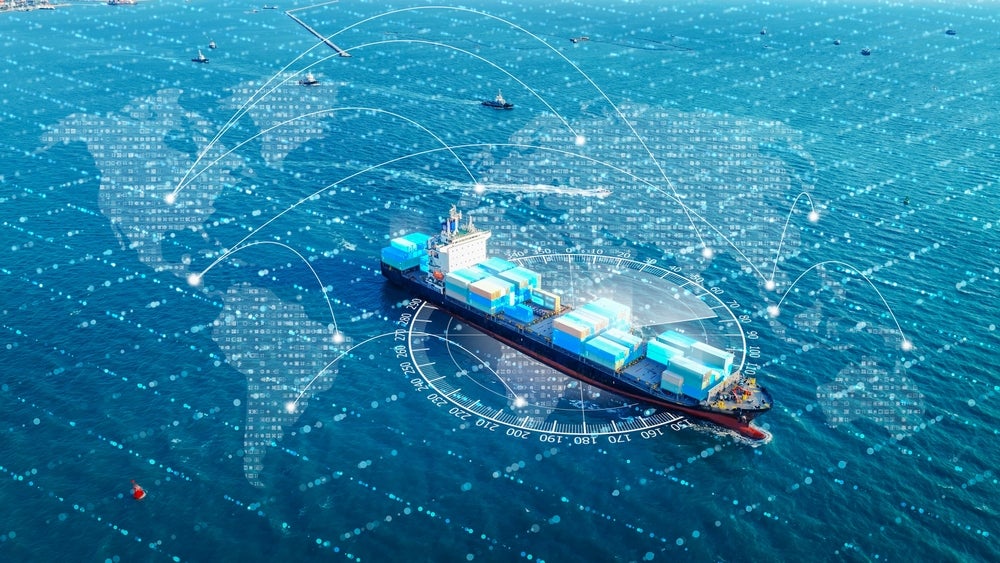
ABB has secured a contract to provide a complete solution package, including power, automation, propulsion and digital for Lindblad Expeditions’ new polar vessel.
The ice-going vessel will be configured with ABB’s power and automation solutions, as well as two Azipod DO propulsion units.
Designed by Ulstein Design and Solutions, the vessel will be built by Norwegian yard Ulstein Verft.
The shipyard also has options to build two additional vessels for Lindblad Expeditions to the same design.
The new vessel, which will feature 69 guest cabins and various on-board facilities, is scheduled to be delivered by the first quarter of 2020.
Once delivered, the ship will be deployed to carry out exploration cruises in remote polar areas.
How well do you really know your competitors?
Access the most comprehensive Company Profiles on the market, powered by GlobalData. Save hours of research. Gain competitive edge.

Thank you!
Your download email will arrive shortly
Not ready to buy yet? Download a free sample
We are confident about the unique quality of our Company Profiles. However, we want you to make the most beneficial decision for your business, so we offer a free sample that you can download by submitting the below form
By GlobalDataABB Marine and Ports managing director Juha Koskela said: “The emergence of a distinct market for expedition cruise ships bound for polar waters plays into two areas of ABB expertise.
“Electrical solutions are more reliable, efficient and environmentally responsible than their mechanical counterparts, as well as better aligned with digitalisation.
“Similarly, Azipod propulsion achieves greater manoeuvrability and improves passenger and crew comfort on-board, while its gearless construction reduces environmental risk.”
The Azipod DO propulsion units are designed to consume 25% less installed power than propulsors of equivalent performance.
They are also capable of allowing the vessel to navigate through sea ice and comply with regulations for operating in Arctic and Antarctic waters.
ABB has also been developing the ‘Electric. Digital. Connected.’ strategy to serve the growing expedition cruise market.
A part of the strategy is focused on seven land-based centres coordinating remote equipment analysis, monitoring and diagnostics, as well as predictive maintenance services.
According to ABB, the approach is expected to minimise on-call vessel visits of service engineers by up to 70%, and docking costs can be reduced by up to 50%.







